READY TO GET STARTED?
REQUEST A FREE ESTIMATE
Fill out the form below or call (888) 466-7849 for a free, no-obligation estimate.
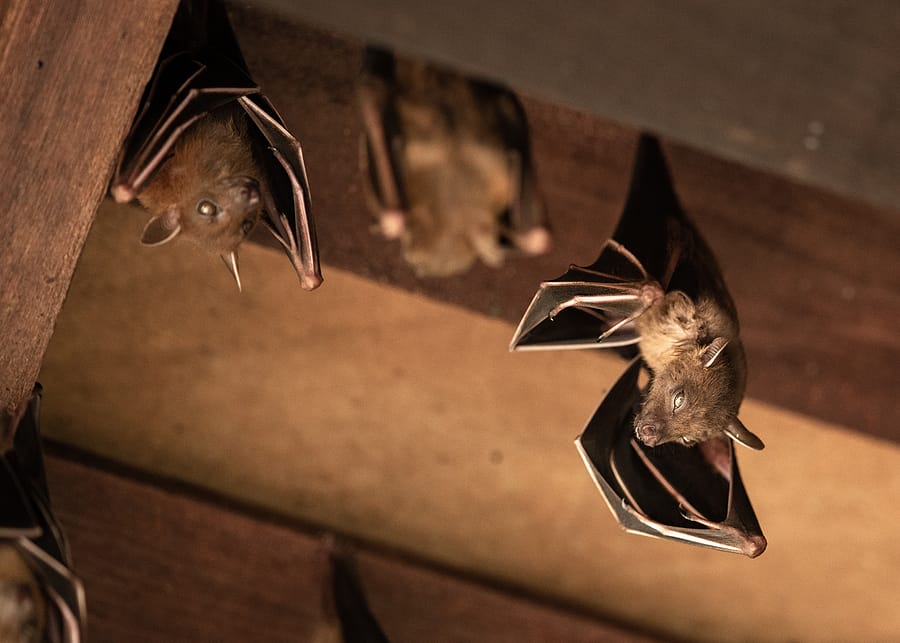
While Florida sees warmer temperatures year-round compared to other states, there’s bound to be a cold front hit during the winter season. Wildlife creatures look to our Harlem Heights homes for food, shelter, and warmth. Before they enter, it’s important for every homeowner to brush up on their knowledge of the types of winter wildlife and how to prevent them!
Rats and mice are notorious for entering our homes for shelter and food. These creatures are known to inhabit our crawl spaces, basements, kitchens, and attics. Once inside they can cause serious damage, such as chewing wire, destroying insulation, and leaving behind their feces.
Rats and mice are known to carry and spread diseases such as salmonella, lice, fleas, and ticks. Their droppings can also contain pathogens, dangerous to humans. Major signs of these creatures inside your home are hearing noises coming from the walls or ceilings, such as tapping or scratching.
Nocturnal animals, raccoons are dexterous, often opening doorknobs, cabinet doors, and trashcan lids to search for any available food source. These creatures are known to inhabit suburbs, and you will often find them invading hollow trees, attics, or garages.
Raccoons can cause significant damage to the outside of your home such as ripping of shingles, fascia boards, and even chimney vents! If they infest inside, they will destroy insulation, chew electrical wires, and contaminate the home with their urine and feces.
Bats are looking for a protected place that stays above freezing to inhabit. These creatures will often look to our attics for shelter, so they can huddle in a group together. If you suspect you have bats inside, don’t be surprised if there’s a group of them instead of just one. Bats will usually stay in attics during the day, leaving at night to search for a food source.
These creatures are known to carry diseases, such as rabies, which can spread to humans. In several states, removing bats is a delicate matter and will need to be done by a professional.
Preventing wildlife can seem daunting but there are a few easy ways you can keep them from invading your home. Check out our top wildlife prevention tips below:
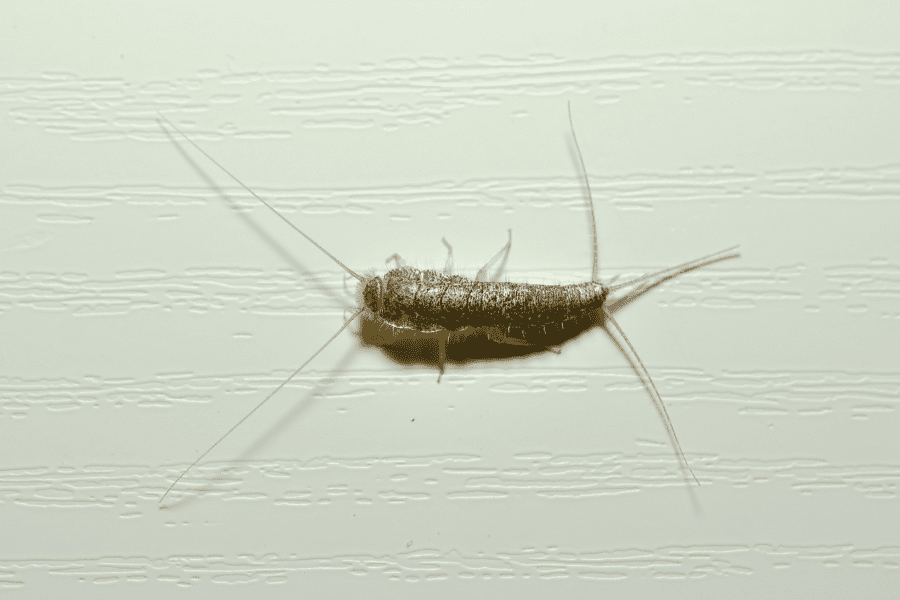
During the winter season, we don’t typically see a lot of pests around, but that doesn’t mean they aren’t present! Certain wildlife pests tend to look towards our Laurens home to escape the cold, causing damage and posing a health risk in the process. For homeowners, it’s important to understand the types of winter pests that could invade and the winter pest control methods needed to keep them out. Check out our top 3 winter pests to look out for in Laurens, South Carolina.
During the winter, cockroaches enter our homes to search for heat and humidity. Common roaches found in homes are American roaches, oriental roaches, and brown-banded roaches. These pests can pose a serious health risk to humans, as they’re known to transmit diseases and trigger allergies and asthma. Roaches will utilize any open gap or hole to find their way inside homes. These pests will also hitchhike on grocery bags, boxes, and used appliances. You will often find them in areas where food and water are available, such as our kitchens and bathrooms.
Termites are year-round pests and will destroy the structural integrity of homes. The damage termites can cause will often cost billions in repairs. Termites, such as subterranean termites, will eat the wood from the inside out, usually staying hidden until the damage is done. These termite types need soil to live, creating mud tubes to search for a food source. Firewood and mulch are two major attractants to termites and will provide a way inside your home. If they’ve infested, you can often find them in the home’s baseboards, crawlspaces, and wooden beams.
Silverfish prefer to live in damp, colder places. These pests are quite common in the winter months and are often found in basements or bathrooms. If they’ve gained access to your living space, it’s usually because they’ve hitched a ride when you’ve taken items out of storage in your garage or attic. While these pests are harmless to humans, if they infest in large numbers, they can become a nuisance. Silverfish will feed on your books, glue, wallpaper, and boxes.
There are several methods and preventative measures you can implement to keep these pests from invading your home! Consider these winter pest control tips when you want to keep these pests away:
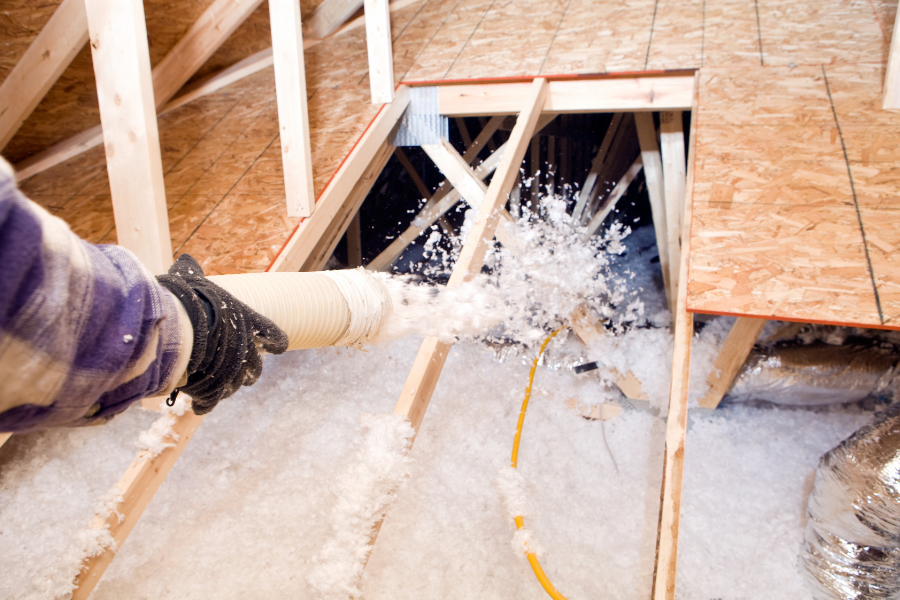
Winter is nearing and that means it is time to make sure your attic doesn’t become a sanctuary for wildlife critters. The most common winter wildlife critters that you should keep an eye out for this winter are raccoons, squirrels, bats, and mice. They can all cause severe damage to your home and pose a significant threat to your health.
The most obvious way for wildlife to get into your attic is through vents and any gaps in your home’s exterior. Once inside, they can make their nest in your attic which results in ripped or destroyed insulation. They could also begin compromising the well-being of your attic from their urine or feces. This can make for a smelly home or become a hazard to your family’s health since animal waste can contain parasites or bacteria.
If you discover wildlife has taken over your attic, then it’s best to call in professional help to get them removed. If your insulation has been impacted, then it’s imperative to get it replaced as soon as possible. Insulation that has been removed or contaminated can lead to higher energy bills and no one wants that.
Reach out to your local wildlife control company to assist with the removal of these pests, so you can get back to enjoying your home this winter!
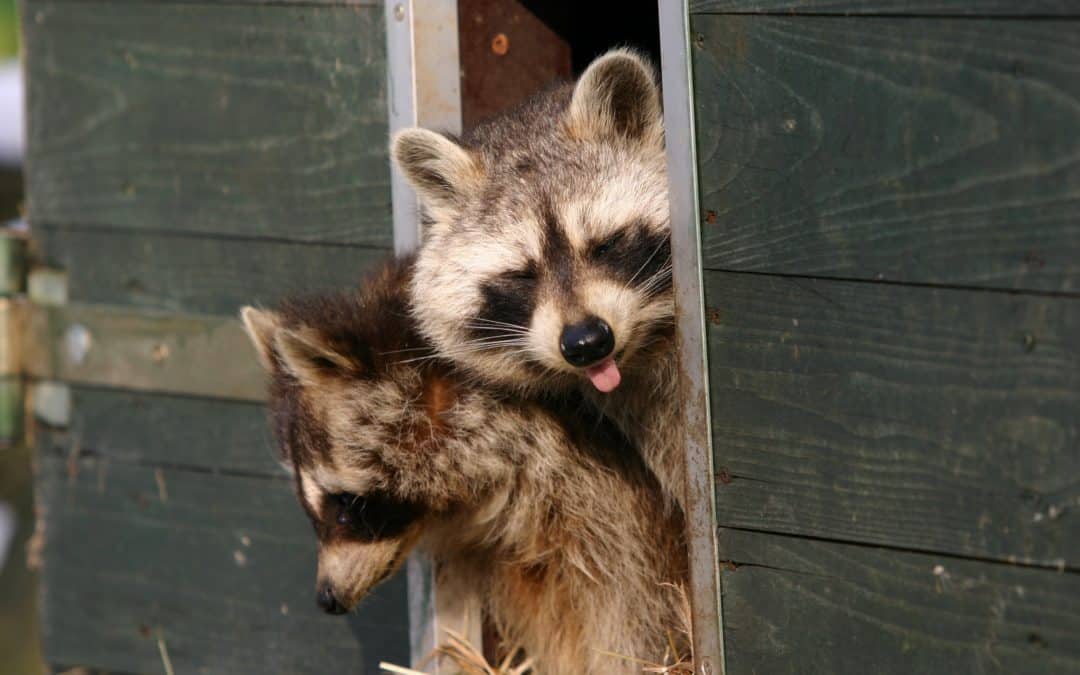
Food, water, and a warm place to live are three things wildlife creatures are in search of this winter season. For them, our house can give them direct access to these needs, where they often find their way into our chimneys, attic, basements, and crawlspaces. It’s important to know what pests to look out for and what preventative measures to take, to help prevent a wildlife infestation.
Rats
Seeing a rat inside is always alarming. These rodents are known to live in crawlspaces and between the side beams of walls, often accessing inside through the smallest hole and gap. Once inside, rats will chew on electrical wire, causing property damage and an increased risk of fires. Their droppings are also a risk, as they contain pathogens dangerous to humans.
Raccoons
Nocturnal omnivores, raccoons are dexterous and can use their paws to open lids and doors. These animals will use their hands to dig for food, especially in garbage cans. A creature of habit, once raccoons discover food sources in a particular area, such as your house, they will keep coming back over and over, causing both a risk of an infestation and damaged property.
Squirrels
Squirrels are one of the most common wildlife creatures homeowners see. While they are cute from afar, if found inside your home, they can cause considerable damage. Squirrels will take refuge in basements and attics, often bringing acorns to store for the wintertime. Like rats, these rodents will also chew on electrical wire, creating a risk of a fire. Both squirrels themselves and their droppings can contain diseases and pathogens.
To avoid a winter wildlife invasion, prevention is key. Here are a few wildlife prevention tips to help with wildlife control:
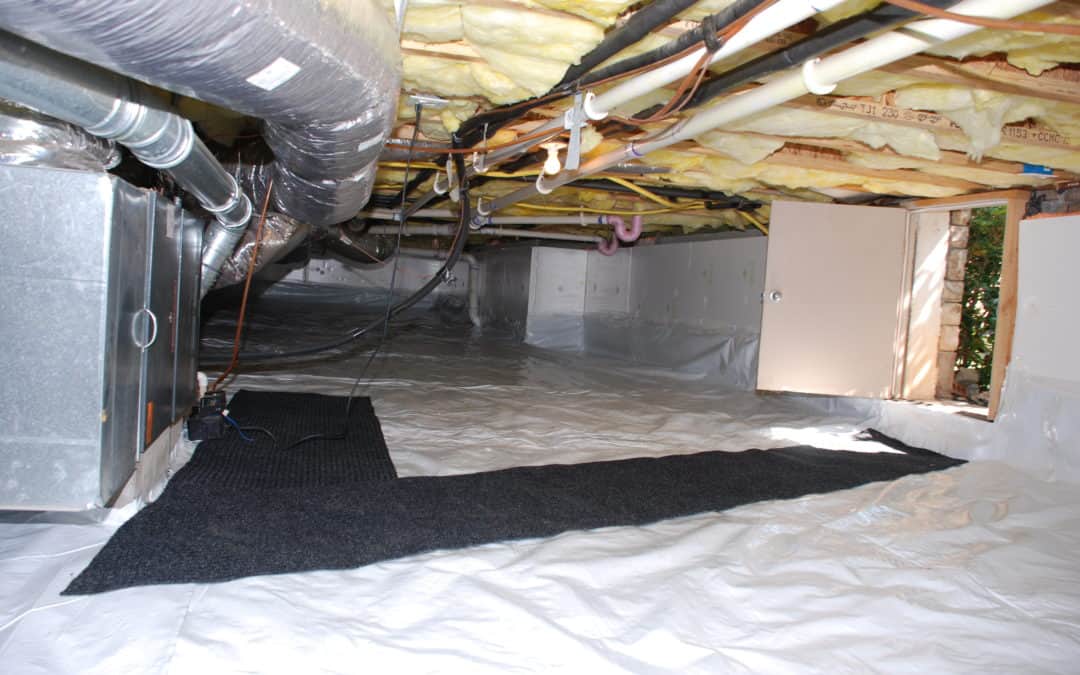
During the winter, the last thing you want to deal with is a cold home. With temperatures dropping as we approach the winter season, it’s important that your heating systems are ready and your home is prepared to weather the cold. If not, you could be dealing with cold air and high energy bills. Crawlspace enclosure this winter provides a solution to both problems that many homeowners face.
There are several benefits to enclosing your crawlspace. One that many look forward to is saving on their energy bill. The moisture in your crawlspace can affect the temperature inside the home, causing the HVAC unit or furnace to run longer to help keep your home warm, in return using more electricity. When you enclose your crawlspace, the moisture barrier acts as a sealant, which controls the moisture levels. This will ease the strain of your HVAC system to make your home more energy-efficient and save on energy bills.
Another great benefit of enclosing your crawlspace is preventing mold and odor. If left open, high moisture levels can cause mold and mildew growth, creating considerable damage to your home, posing a health risk to your family, and potentially causing an odor throughout your home. When your crawlspace is enclosed, the moisture barrier helps to reduce moisture, preventing mold and mildew from forming.
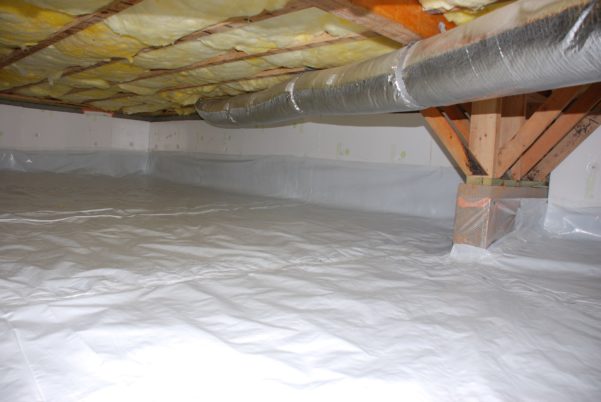
An unsealed crawlspace is an open invitation to pests and wildlife looking for shelter, food, and water. Once inside, these pests and nuisance wildlife can cause damage and present a health risk to your home and family. Once installed, the moisture barrier can help eliminate entry points for these pests to infest.
Consider calling your local pest control company for a crawlspace enclosure inspection and quote to stay warm and pest-free this winter!